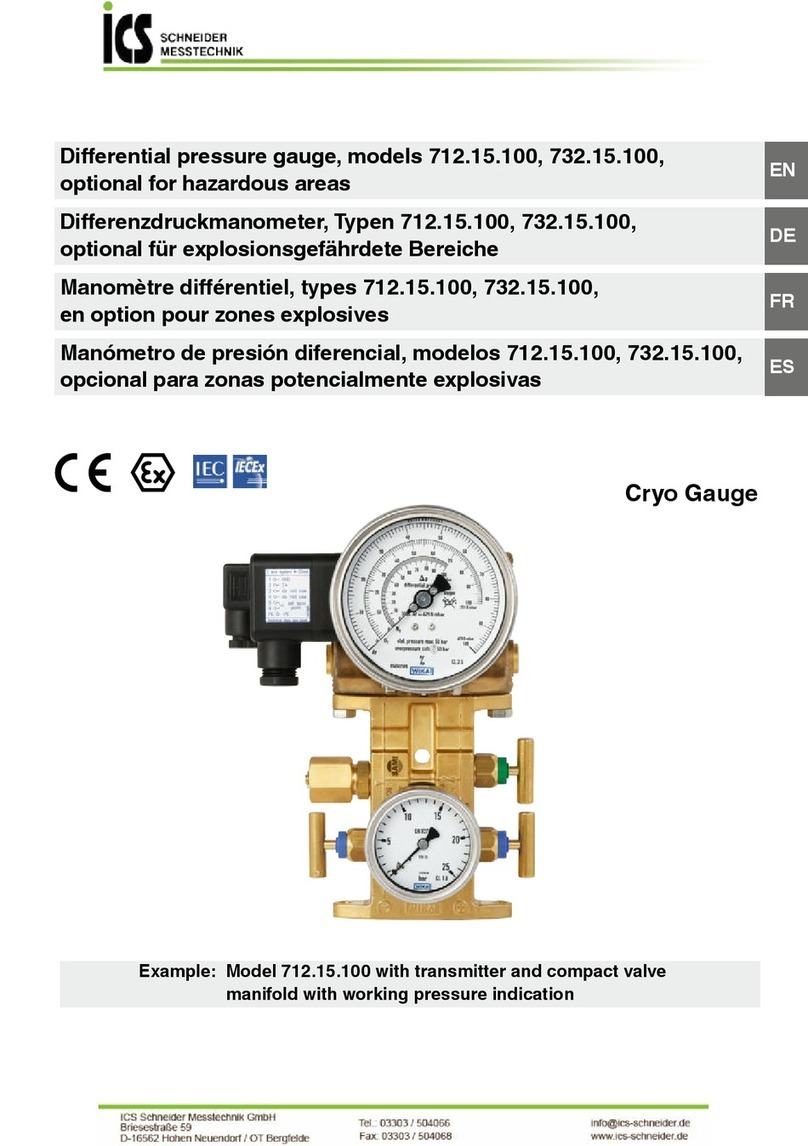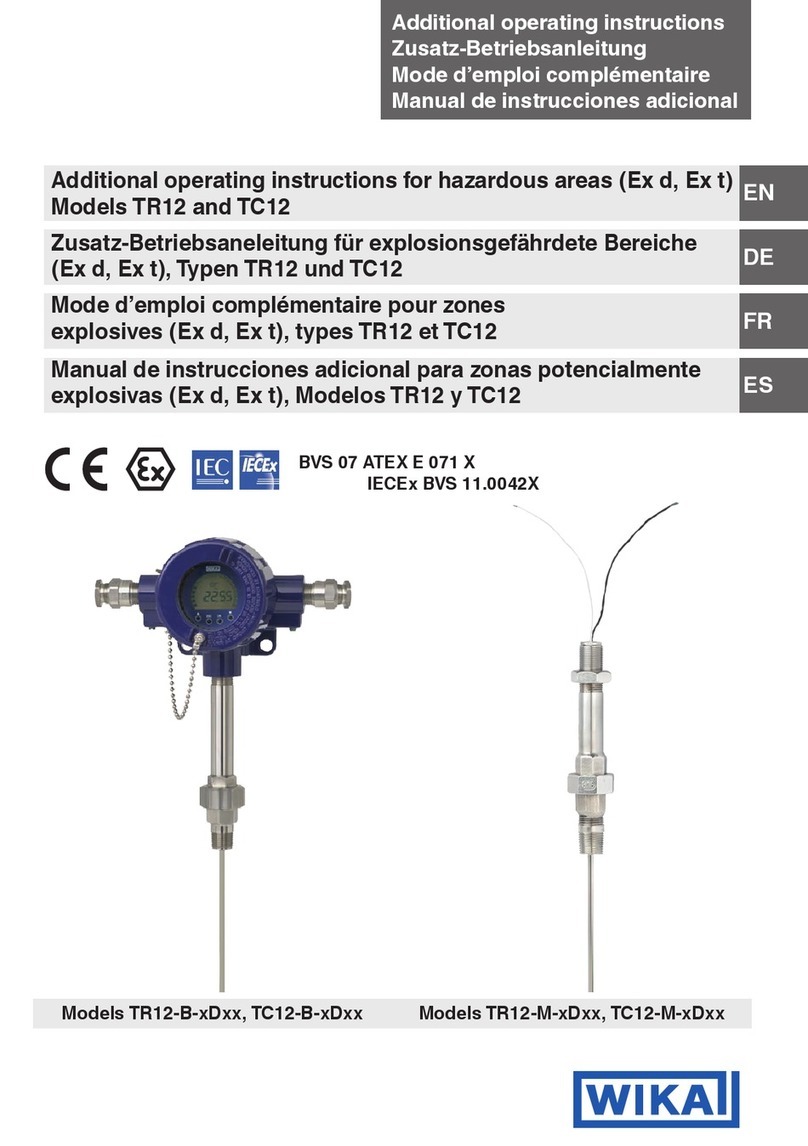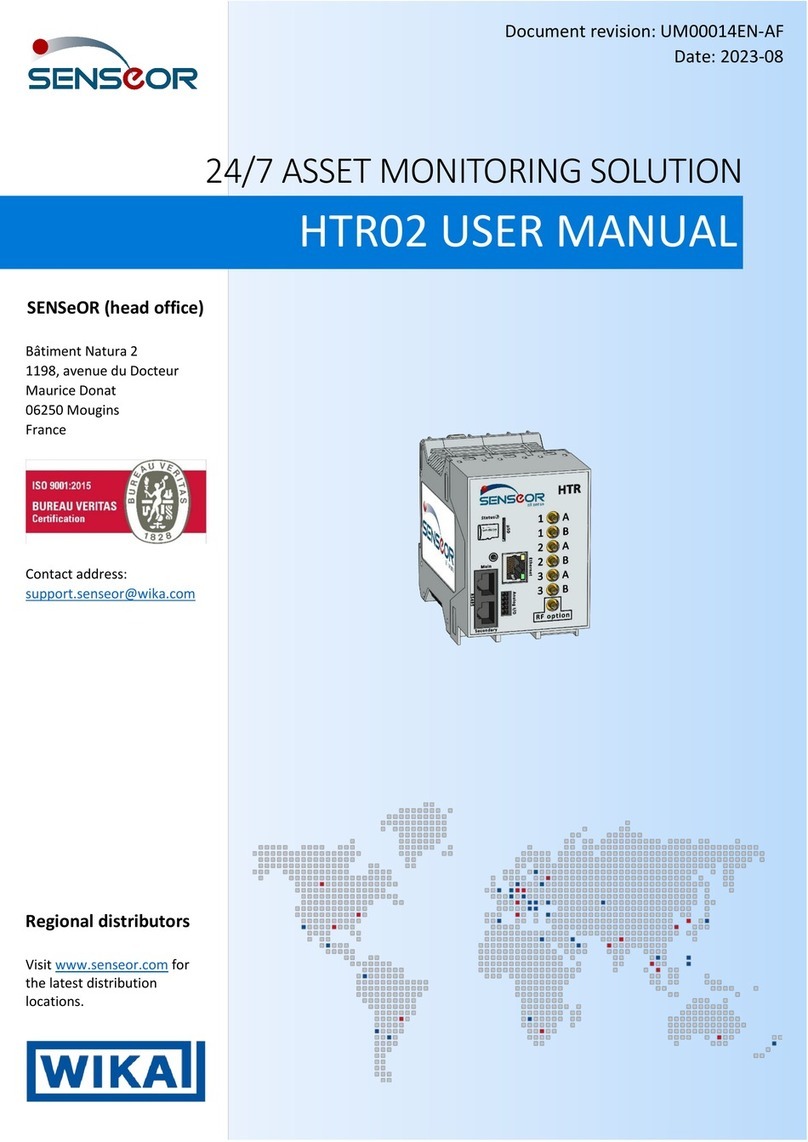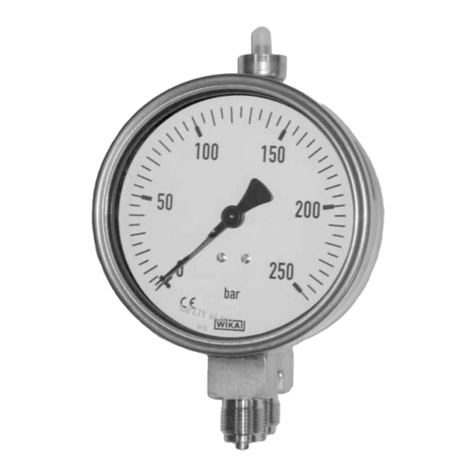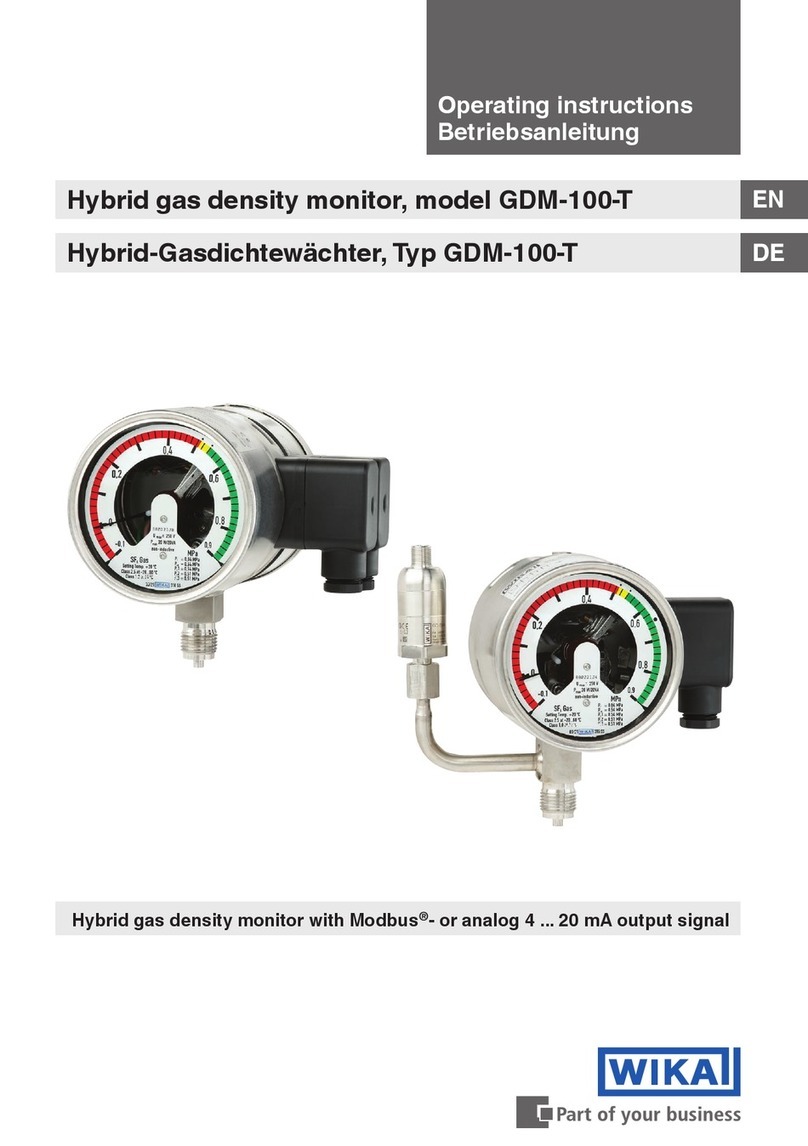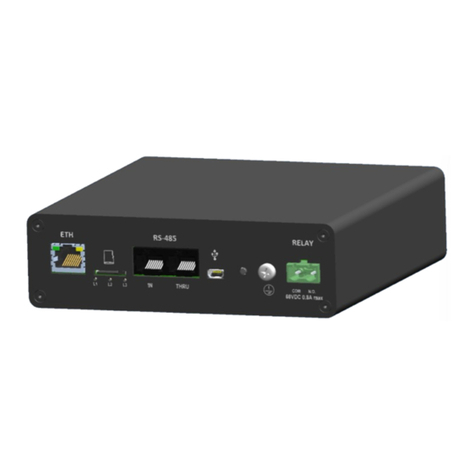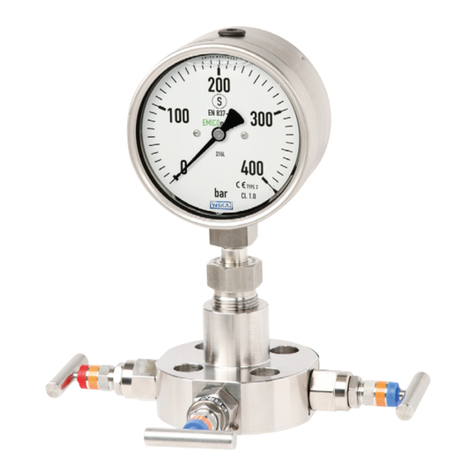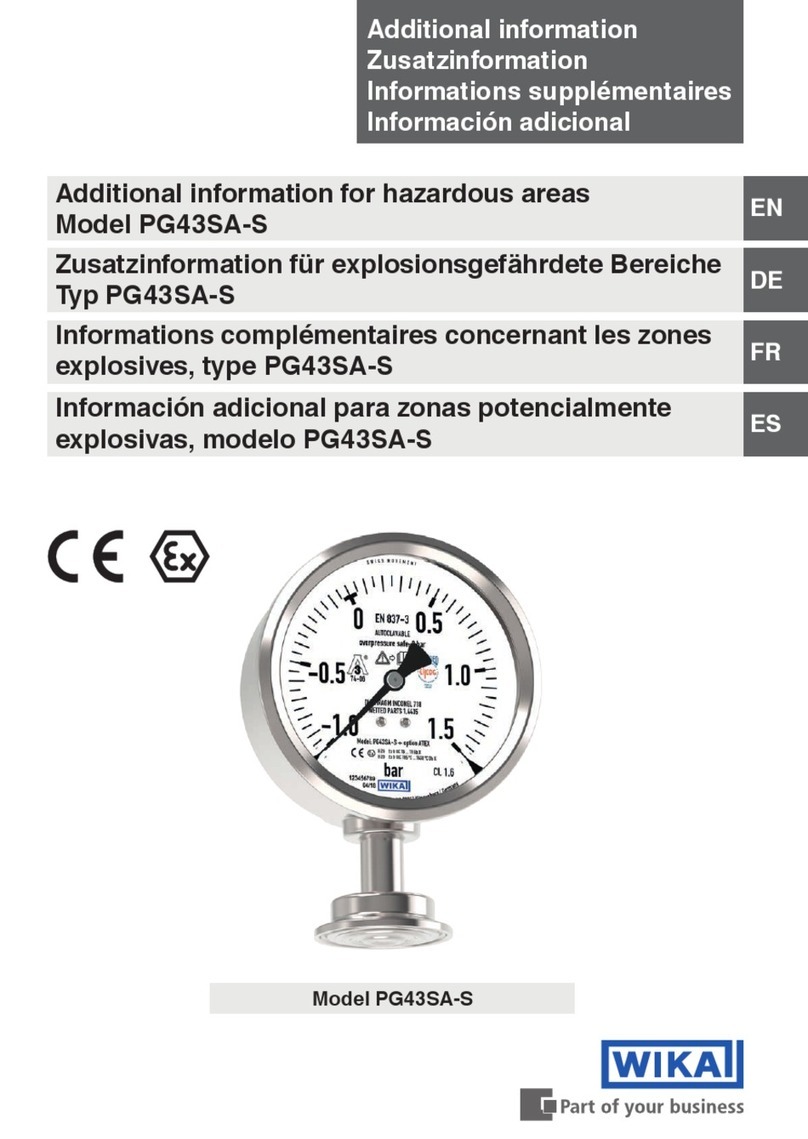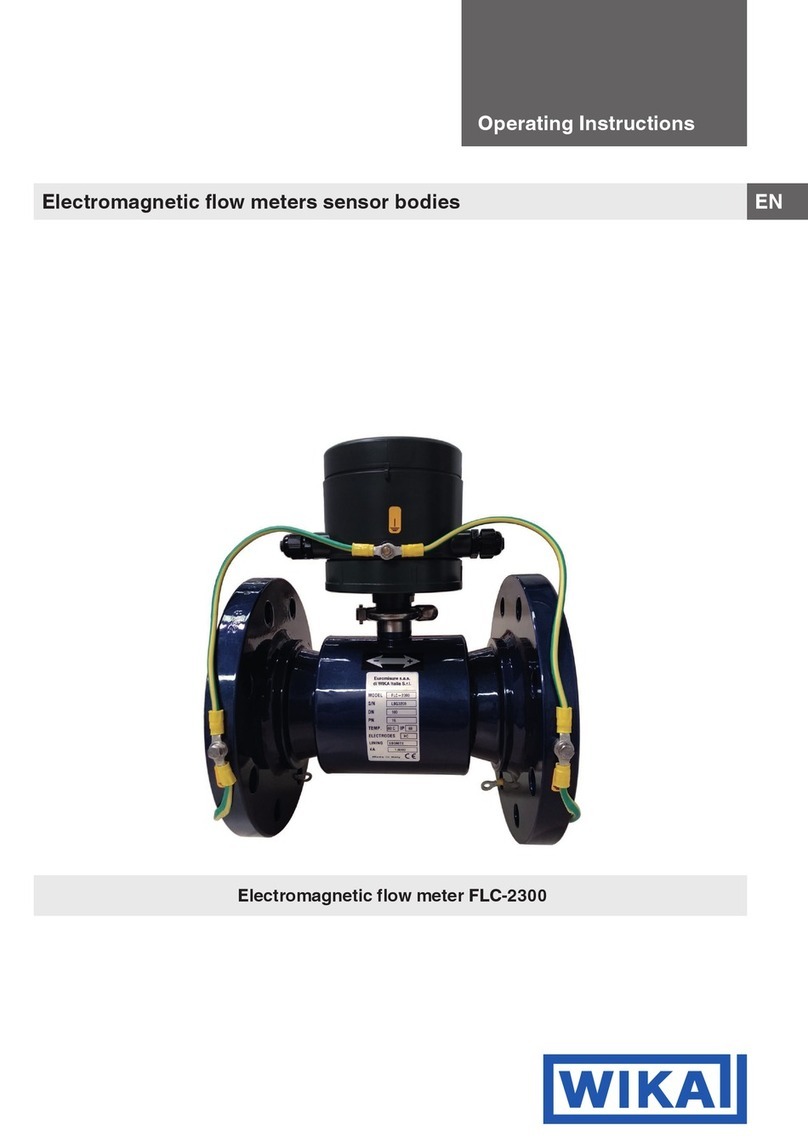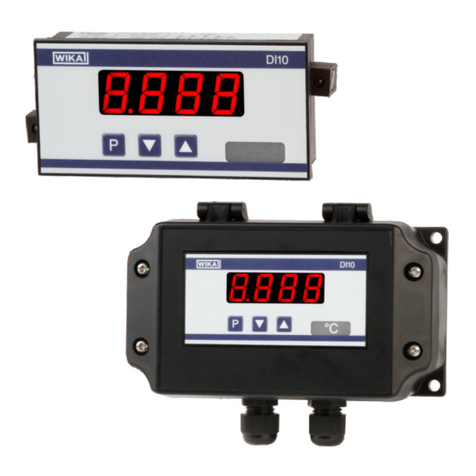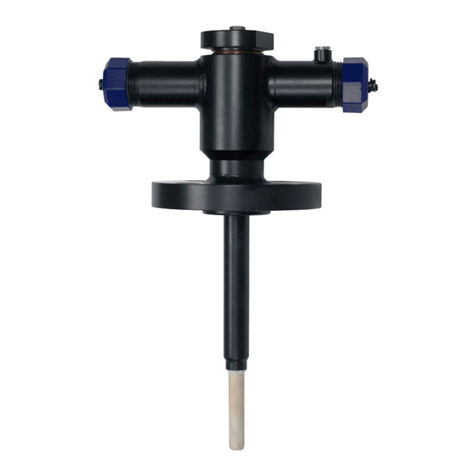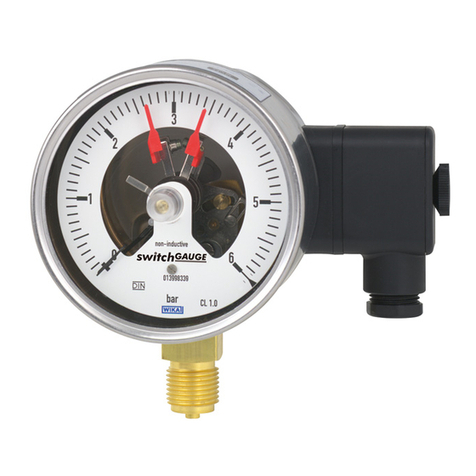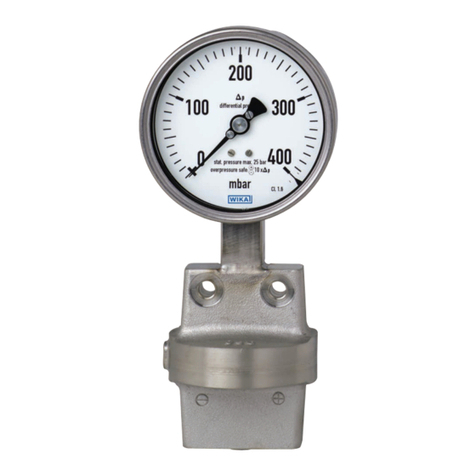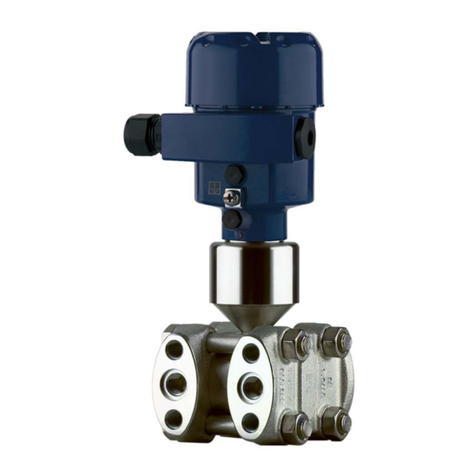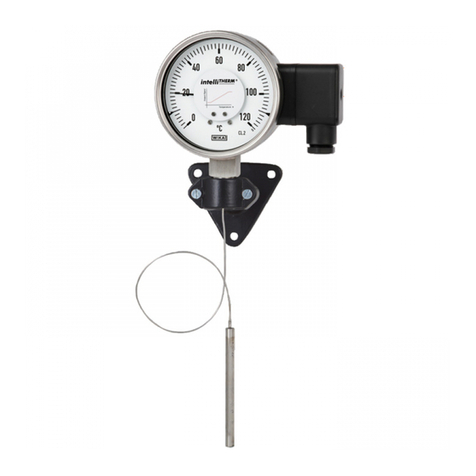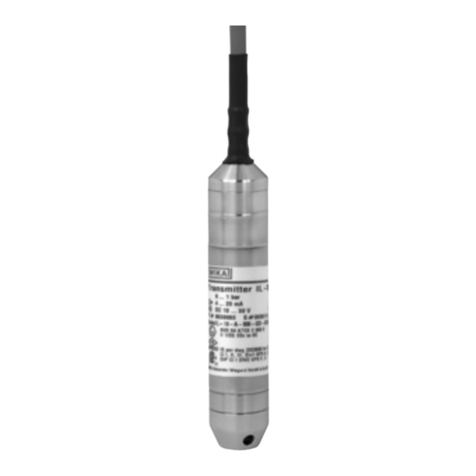
EN
4. Transport, packaging and storage
14486177.01 07/2021 EN/DE
WIKA operating instructions models TC80, TC82, TC83, TC84 9
4.2 Packaging and storage
Do not remove packaging until just before mounting.When removing the instrument from
the packaging, make sure that the instrument rests on, for example, the table in such a
way that fragile materials and components are not loaded. Depending on the size of the
assembly, two people may be required to handle it.
Special instructions for unpacking the model TC84 thermocouple and dismounting
the protective transport tube
1. Check the packaging for damage.
2. Open cardboard packaging.
3. Remove foam padding.
4. Lift out the model TC84 thermocouple with two people.
5. Clamp the process flange in the vice 1) using suitable protective jaws.
6. Remove the additional protection from between the ceramic tube and the protective
transport tube.
7. Carefully and alternately loosen the three clamping screws on the protective transport
tube in order to prevent any tilting of the protective transport tube. At the same time, a
second person must observe the opening of the protective transport tube at the lower
end in order to prevent any contact of the pipe wall with the ceramic.
8. After loosening the clamping screws, carefully pull the protective transport tube off.
Store the Styrofoam packaging as well as the protective transport tube of the probe for any
return transport (repair option).
Permissible conditions at the place of storage:
Storage temperature
■
Instruments without built-in transmitter
Model TC80: -40 ... +80 °C [-40 ... +176 °F]
Models TC82, TC83: -60 2) / -40 ... +80 °C [-76 2) / -40 ... +176 °F]
Model TC84: -40 ... +200 °C [-40 ... +392 °F]
■
Instruments with built-in transmitter:
see operating instructions of the transmitter in question
Avoid exposure to the following factors:
■
Direct sunlight or proximity to hot objects
■
Mechanical vibration, mechanical shock (putting it down hard)
■
Soot, vapour, dust and corrosive gases
■
Hazardous environments, flammable atmospheres
■
Water, rain, air humidity
1) If no vice is available, we recommend disassembling on a workbench.The first person must support the connection
head and at the same time loosen the threaded connection as described in point 7.The second person, in the meantime,
supports the protective transport tube and pulls it off carefully.
2) Special version on request (only available with specific approvals)

